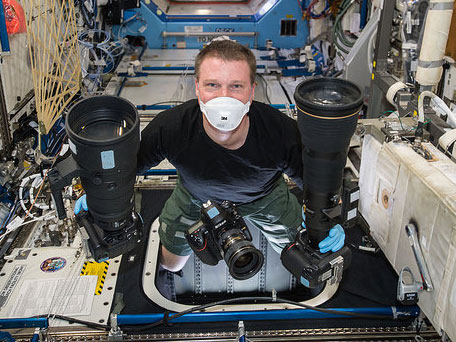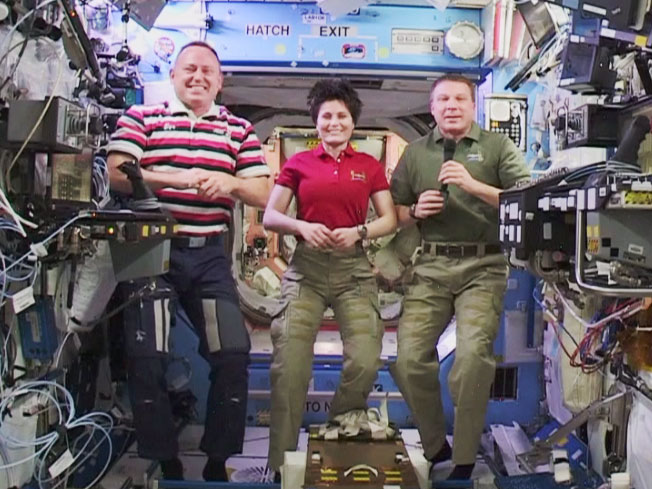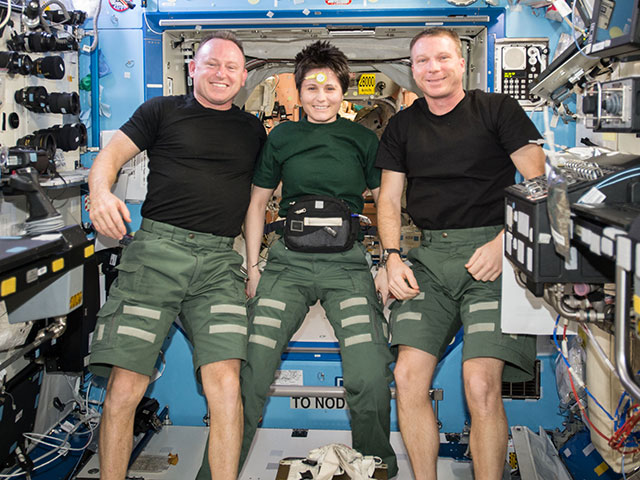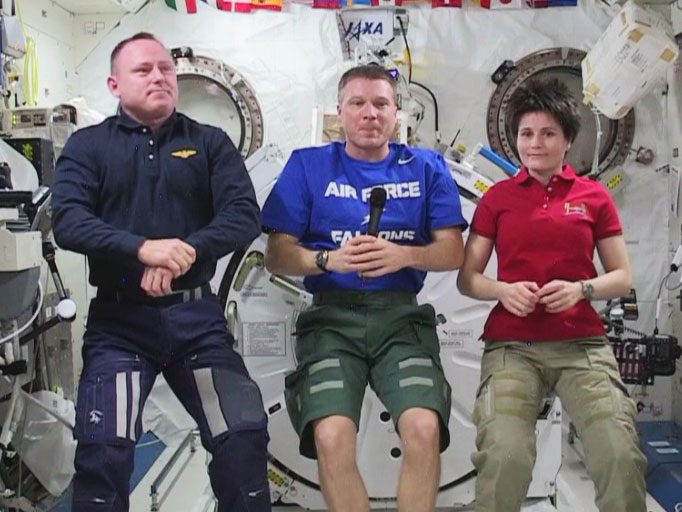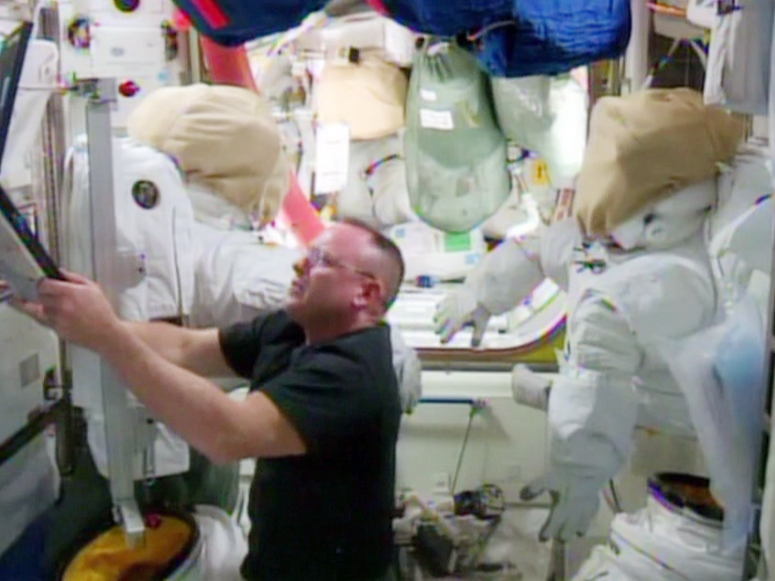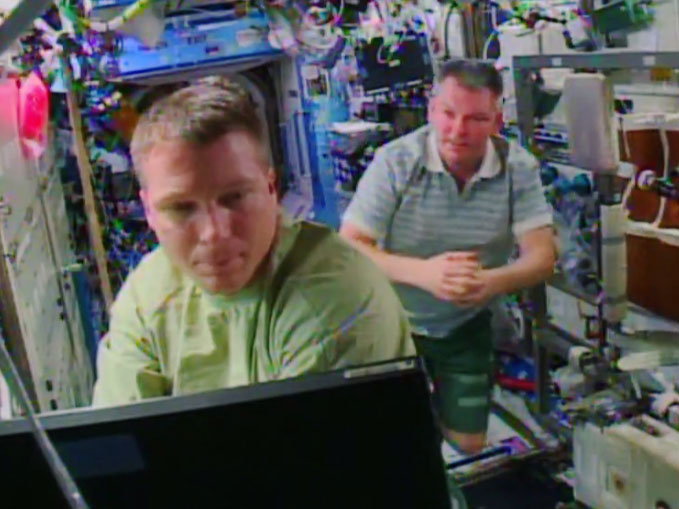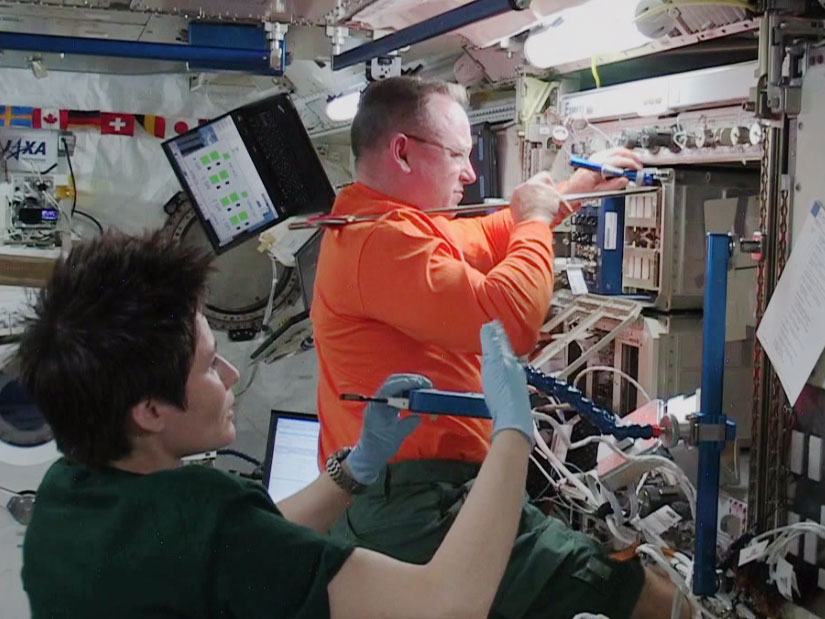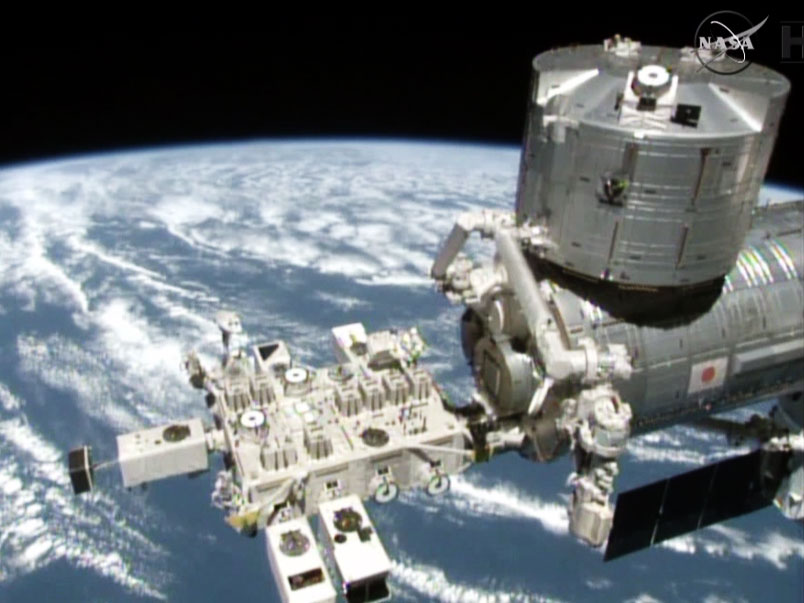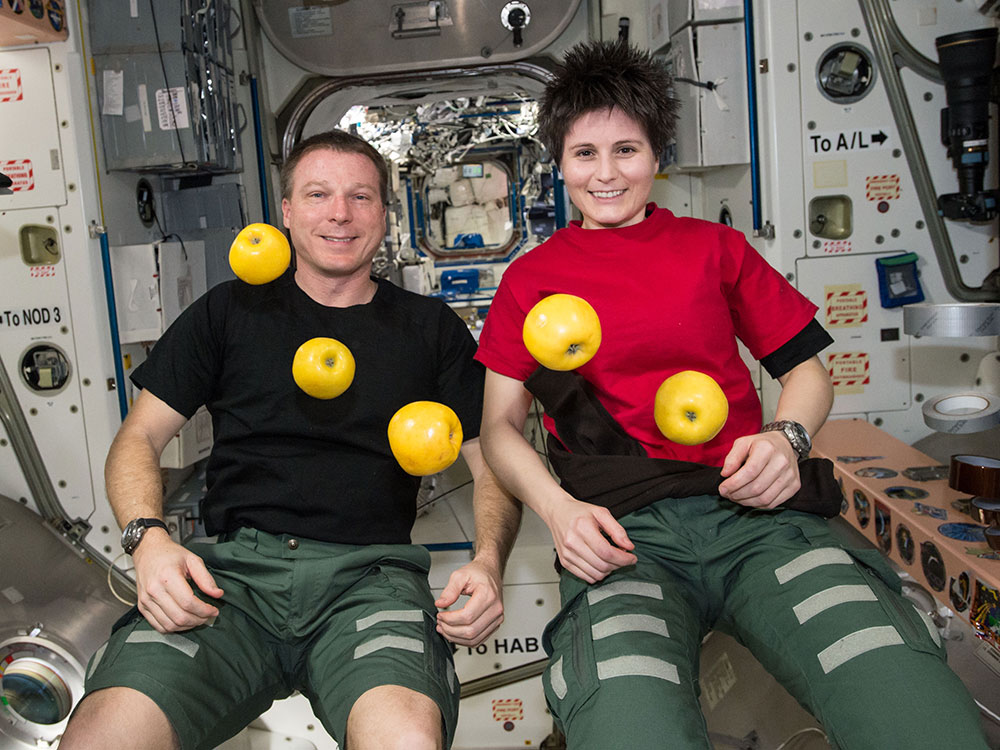
Commander Barry Wilmore and Flight Engineer Terry Virts reviewed spacewalk procedures Wednesday. They are scheduled to start the first of three spacewalks Feb. 20. The duo will set up cables and communication equipment allowing the future installation of International Docking Adapters accommodating commercial crew vehicles.
A CubeSat delivered to the International Space Station in January aboard the SpaceX Dragon supply ship will be deployed outside the Kibo lab module Thursday morning. It is testing various subsystems in space and also includes an amateur radio experiment.
› Read more about the SpaceX CRS-5 mission
European flight controllers are investigating a signal indicative of a failure in a power chain that provides battery power to the Automated Transfer Vehicle-5 (ATV-5). Three other power chains are operating normally inside the ATV-5 and the six-member Expedition 42 crew is continuing its normal activities.

